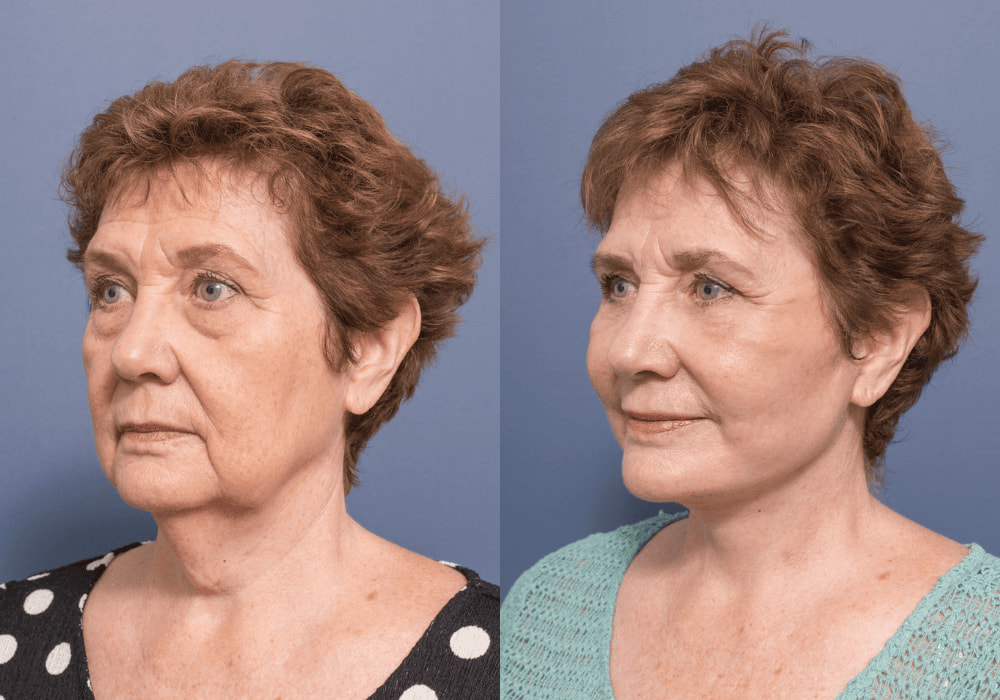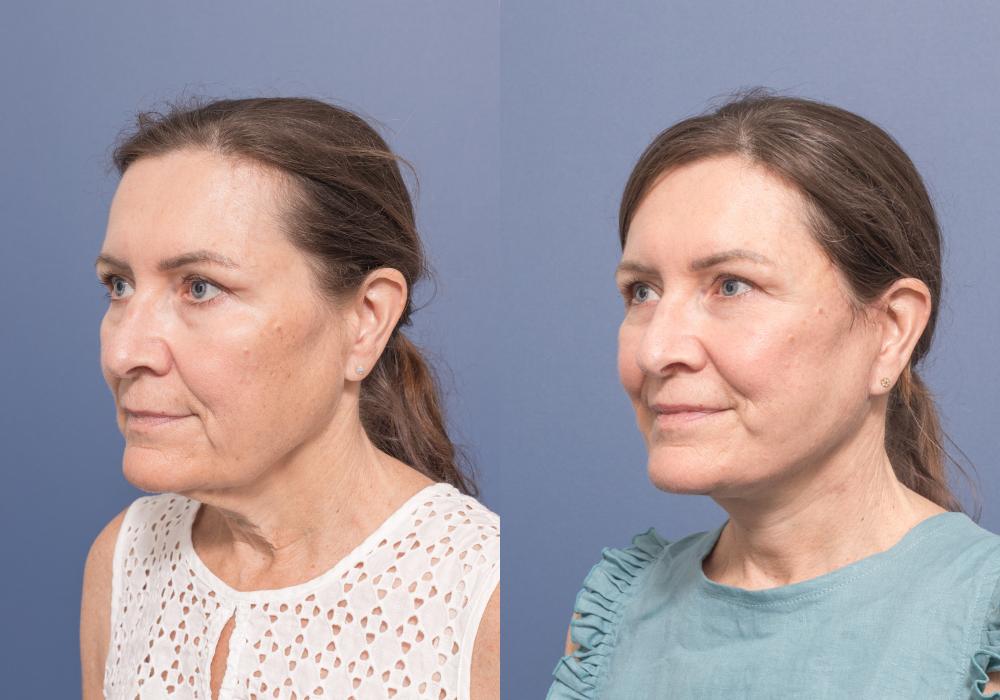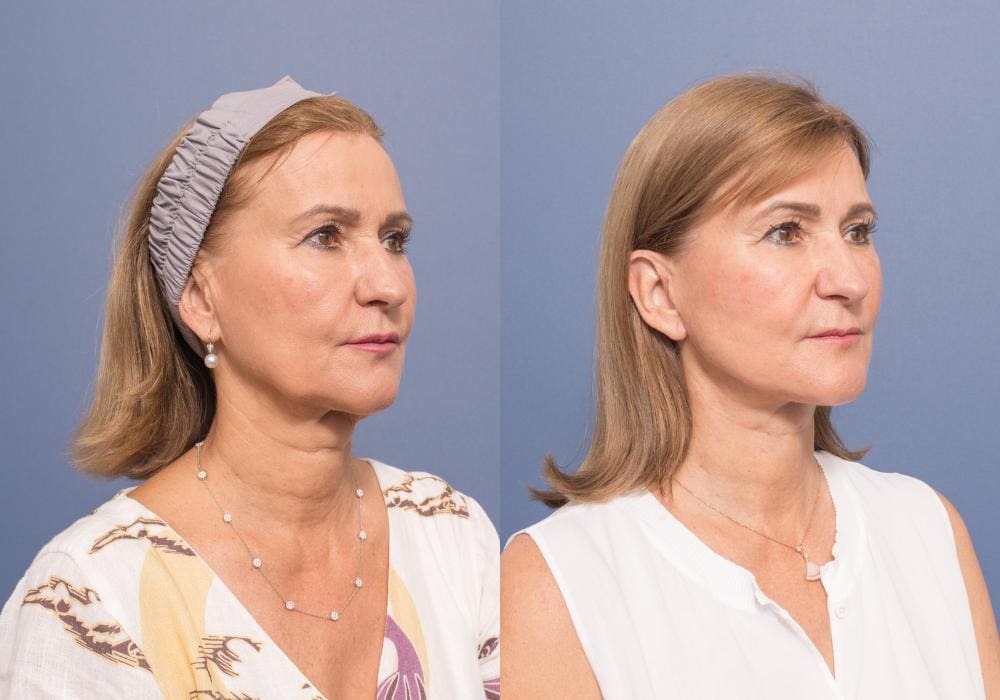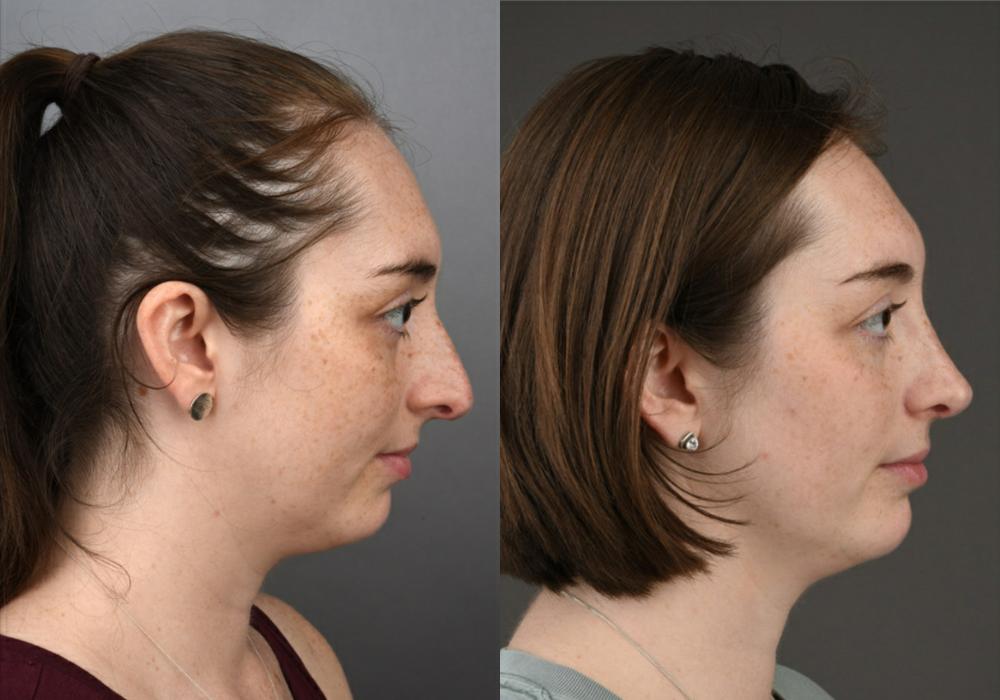
Excess buccal fat can often cause an overly round lower face. To achieve a more defined facial appearance, reducing the excess fullness created by the buccal fat pads can be a good solution.
Reduce Your Full Face and Achieve A More Defined Facial Appearance With Buccal Fat Removal
What is Buccal Fat?
Buccal fat refers to the fat pads located in the hollow area beneath the cheekbones. While everyone has buccal fat, the amount varies from person to person, and it directly impacts the shape of the face. Unfortunately, buccal fat is entirely hereditary and cannot be reduced through exercise or dieting.
Excess buccal fat can make a person’s face appear bloated, overweight, or excessively round. Moreover, as a person ages, their buccal fat pads can droop, making the lower part of their face look wider. Fortunately, buccal fat removal surgery is a reliable treatment for individuals with large buccal fat pads. The procedure involves trimming and repositioning fat to narrow the cheeks and create a more defined facial structure.
About Buccal Fat Removal
A lot of people are dissatisfied with their “baby face” or “chipmunk cheeks” and crave a more defined look. Because pronounced buccal fat pads are often inherited, it can be challenging to improve them. Buccal fat excision is a highly effective surgical procedure that involves removing the buccal fat pads from inside the mouth, resulting in a more sculpted lower facial appearance.
However, not all individuals are good candidates for this procedure. As we age the face naturally loses volume so Dr. Honeybrook will carefully evaluate if this procedure is appropriate for you to ensure that in the long term your face does not appear over sculpted.
How is Buccal Fat Removal Performed?
During buccal fat removal, incisions are made inside the mouth, near the molars, making them hidden from view. After numbing the area, Dr. Honeybrook will make the incision and delicately separate the muscle from the buccal fat pad. The fat pad will then be removed and trimmed to the appropriate size to complement the individual’s facial structure.
After the fat is removed the incisions are carefuly closed. surgery typically takes around 30 minutes. As removing too much buccal fat can lead to an overly sunken appearance, Dr. Honeybrook is cautious to over resect buccal fat.
Benefits of Buccal Fat Removal
Buccal fat excision offers numerous benefits, including:
- Quick, safe, and effective treatment for excess fullness of the lower face
- Enhances the contours of the cheeks, creating a more defined facial appearance
- Incisions are hidden inside the mouth, leaving no visible scarring
- Results are long-lasting and can help improve self-confidence
Recovery After Buccal Fat Removal
After buccal fat removal surgery, the early recovery period typically lasts up to 7-14 days and will result in some soreness and swelling. Visible bruising is usually not a concern.
Dr. Honeybrook recommends sleeping with the head elevated during recovery and rinsing your mouth with an antiseptic mouthwash several times a day. You will also wear a compression garment to reduce swelling of the area.
The initial improvement can be seen within a few weeks, but the final results may take up to four months to be seen as residual swelling subsides. Once the results become visible, you’ll notice slimmer and more sculpted cheeks with an improved and defined contour.
Could Buccal Fat Removal be Right for You?
If you have excess fullness in the lower cheeks adjacent to the corners of the mouth and desire a more defined lower facial appearance, buccal fat removal may be a suitable option. This procedure is appropriate for both men and women. To best determine if you are a candidate for this procedure it is best to see Dr. Honeybrook for a consultation.
Note: Any surgical or invasive procedure carries risk. These risks will be discussed with you in detail during the consultation. For further information on risks please refer to the patient resources section of the website.





